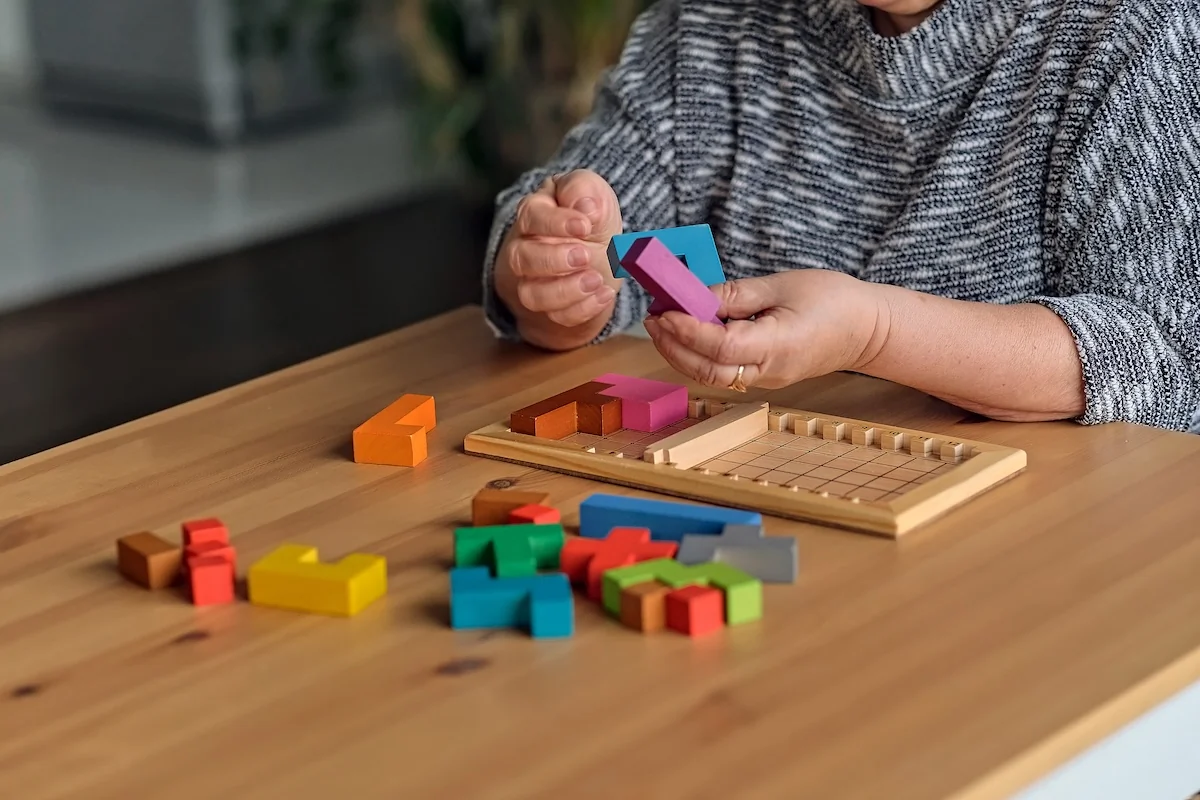
How Professionals Create a Safe and Stimulating Environment in Memory Care
Memory care is a specialized form of long-term care designed for individuals living with Alzheimer’s disease, dementia, or other memory-related conditions. In these settings, creating a safe and stimulating environment is paramount for the well-being of residents. One of the key aspects of this care is the incorporation of memory care activities, which provide a sense of security and contribute significantly to improving the quality of life and preserving brain function in those affected.
Understanding the Need for Specialized Memory Care
As individuals age, the risk of developing cognitive disorders such as Alzheimer’s or dementia increases. Memory care communities have emerged in response to their specific challenges. These communities employ professionals who understand the complexities of memory-related conditions and can provide a supportive and nurturing environment.
One of the primary goals of memory care is to ensure the safety of residents. Memory-related conditions often lead to disorientation and confusion, making it crucial to have secure living spaces. Professionals in memory care communities work to create an environment that minimizes the risk of accidents or wandering. Secure entrances, well-designed layouts, and surveillance systems are just a few elements that keep residents safe.
Designing Safe and Accessible Spaces
The physical layout of a memory care community plays a significant role in creating a secure environment. Professionals in this field understand that residents may experience spatial challenges and difficulties with navigation, so they design memory care communities with clear pathways, color-coded areas, and visual cues to help residents find their way easily.
Secure outdoor spaces are also essential in memory care communities. These spaces allow residents to enjoy fresh air and natural light without the risk of wandering off. Fenced-in gardens, walking paths, and outdoor seating areas are designed to promote safety and a connection with nature.
In addition to physical security measures, memory care communities often implement advanced technology to enhance safety. Electronic monitoring systems, such as wearable devices or door alarms, can alert staff members if a resident is in a potentially unsafe situation. These technologies allow residents to move within the community while ensuring their well-being.
The Role of Memory Care Activities and Cognitive Stimulation
While safety is a priority, professionals in memory care also recognize the importance of providing stimulating activities to enhance residents’ overall well-being. Memory care activities are carefully curated to cater to the cognitive, emotional, and physical needs of individuals with memory-related conditions.
Engaging in activities tailored to residents’ abilities and interests has been shown to slow cognitive decline and improve quality of life. Memory care professionals use a person-centered approach, considering each resident’s background, preferences, and life history. This approach allows them to create activities that resonate with individuals on a personal level.
Memory care activities are designed to stimulate cognitive function, helping residents maintain mental acuity as much as possible. These activities include puzzles, memory games, and brain exercises that challenge different cognitive skills. Engaging in such activities provides entertainment and helps preserve residents’ cognitive abilities.
Music therapy is a widely recognized memory care activity that offers both cognitive and emotional benefits. Listening to familiar tunes can evoke memories and emotions, providing residents with a sense of comfort and connection. Additionally, some memory care communities incorporate art therapy, allowing residents to express themselves creatively and engage in non-verbal communication.
Physical Exercise and Social Interaction
Physical activity is crucial for maintaining overall health, and memory care communities integrate appropriate exercise programs into their daily routines. Gentle exercises such as yoga, tai chi, or chair exercises are tailored to residents’ abilities. Regular physical activity contributes to physical well-being, promotes better sleep, reduces anxiety, and enhances mood.
Memory care activities also focus on fostering social interaction and emotional connections among residents. Group activities, such as cooking classes or gardening clubs, provide opportunities for individuals to connect with their peers. Social engagement is vital for combating feelings of isolation and loneliness, which are common among those with memory-related conditions.
Professionals in memory care recognize the importance of forming meaningful connections with residents. Through consistent and compassionate interactions, they build trust and create a sense of security for individuals experiencing confusion or fear. These relationships contribute significantly to the emotional well-being of residents.
Advancements in technology have opened up new possibilities for memory care activities. Virtual and augmented reality, for example, can transport residents to different environments, triggering memories and providing a unique form of stimulation. These technologies are particularly beneficial for individuals who may have physical limitations but still want to explore and experience the world.
Moreover, technology can be used to facilitate communication with family members. Video calls and virtual family visits help residents stay connected with their loved ones, fostering a sense of belonging and emotional support.
Training and Continuous Education for Memory Care Professionals
Creating a safe and stimulating environment in memory care requires a dedicated and well-trained team. Professionals working in these communities undergo specialized training to understand the unique needs of individuals with memory-related conditions. Continuous education is essential to stay updated on the latest research, therapeutic techniques, and technological advancements in the field.
Training programs often cover topics such as effective communication strategies, behavioral management techniques, and person-centered care approaches. This knowledge equips professionals with the skills necessary to provide personalized and compassionate care to residents.
Memory care professionals, like those working at Solterra Senior Living, play a crucial role in creating an environment that prioritizes safety and stimulation for individuals with memory-related conditions. Through careful design, advanced technology, and tailored memory care activities, these professionals contribute to residents’ overall well-being and quality of life.By combining a commitment to safety with a dedication to providing engaging and meaningful experiences, memory care communities like Solterra Senior Living strive to positively impact the lives of those they serve. Schedule a tour of our grounds today and see how we can best support your family in your memory care journey.